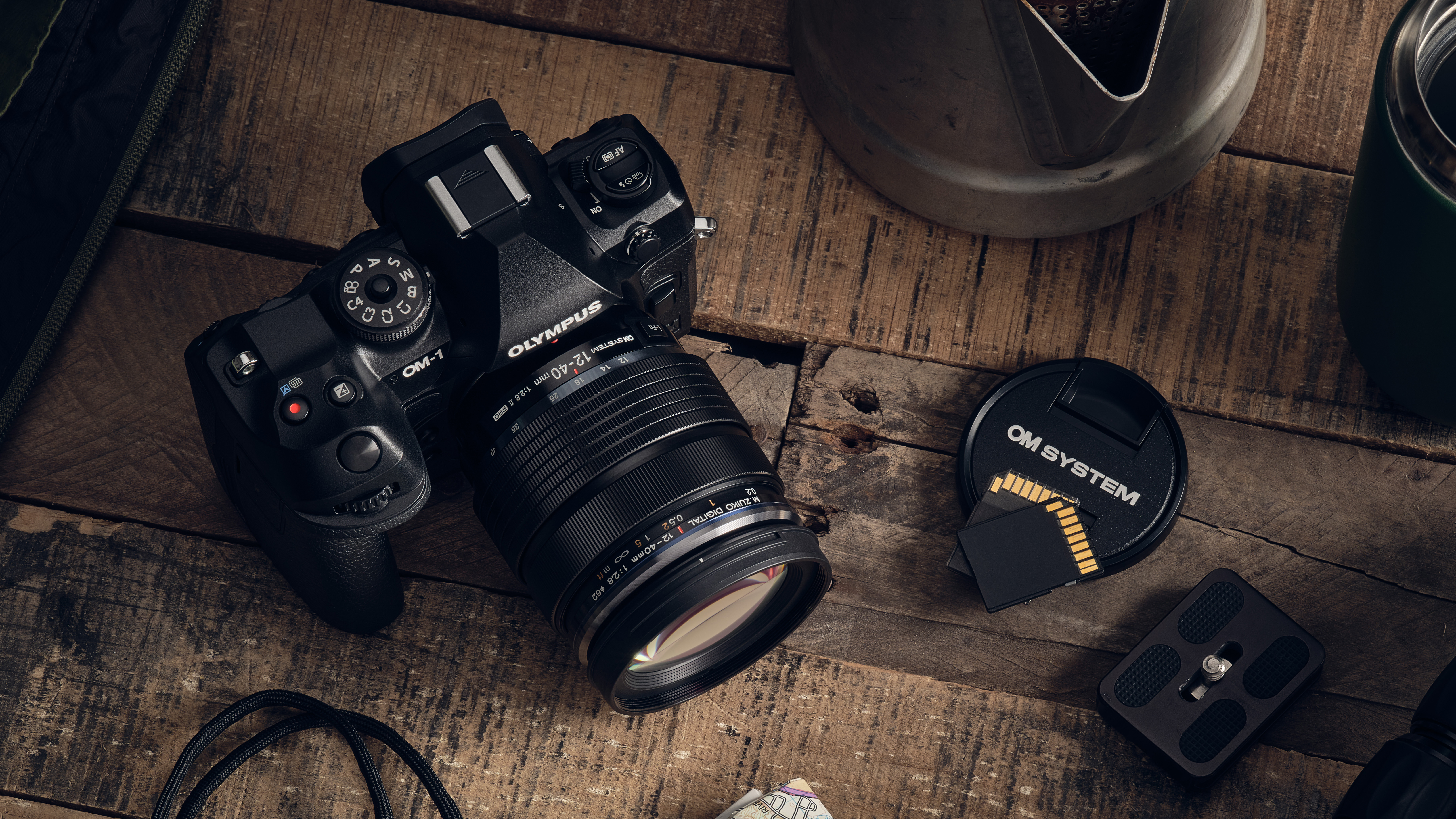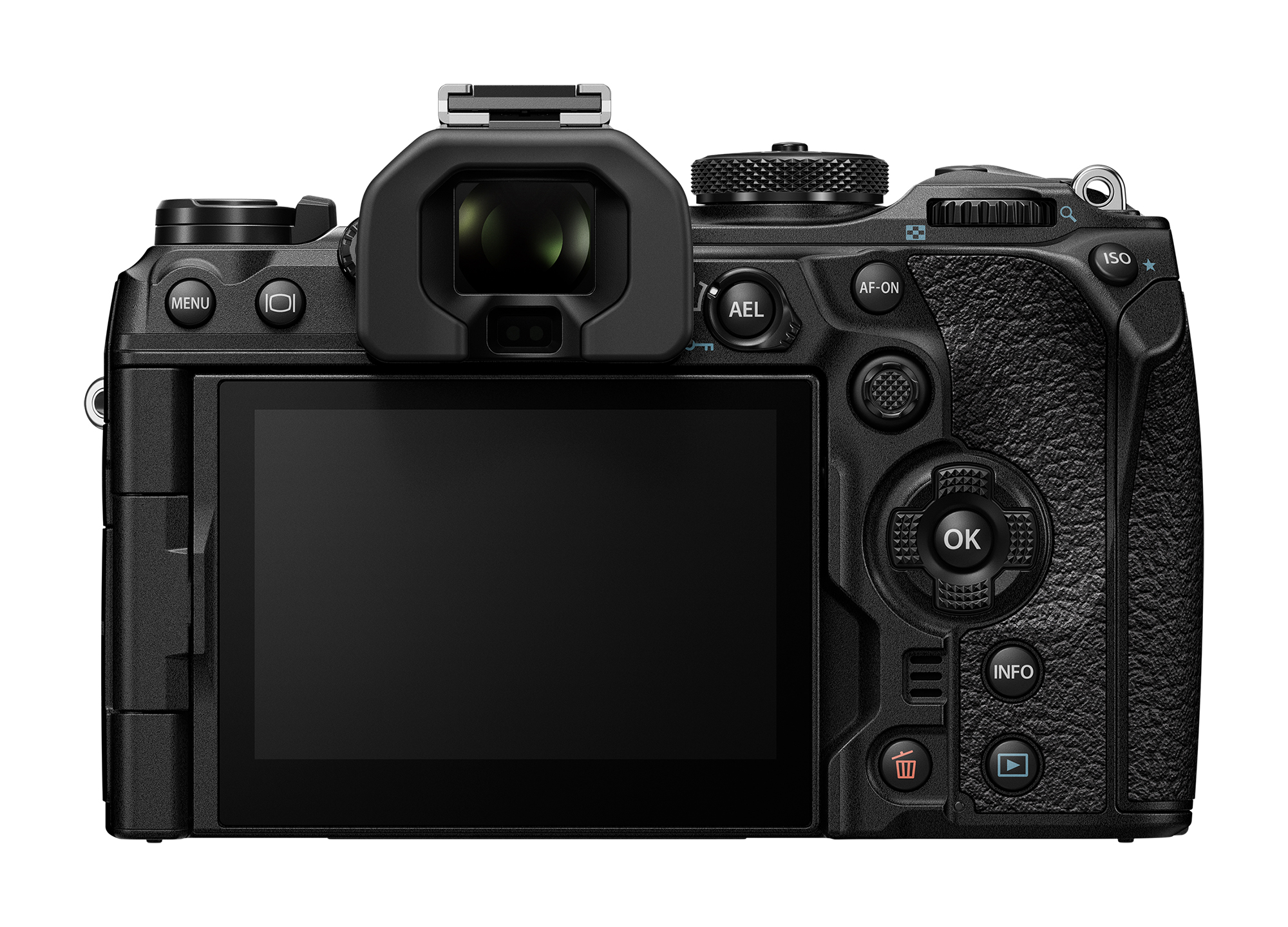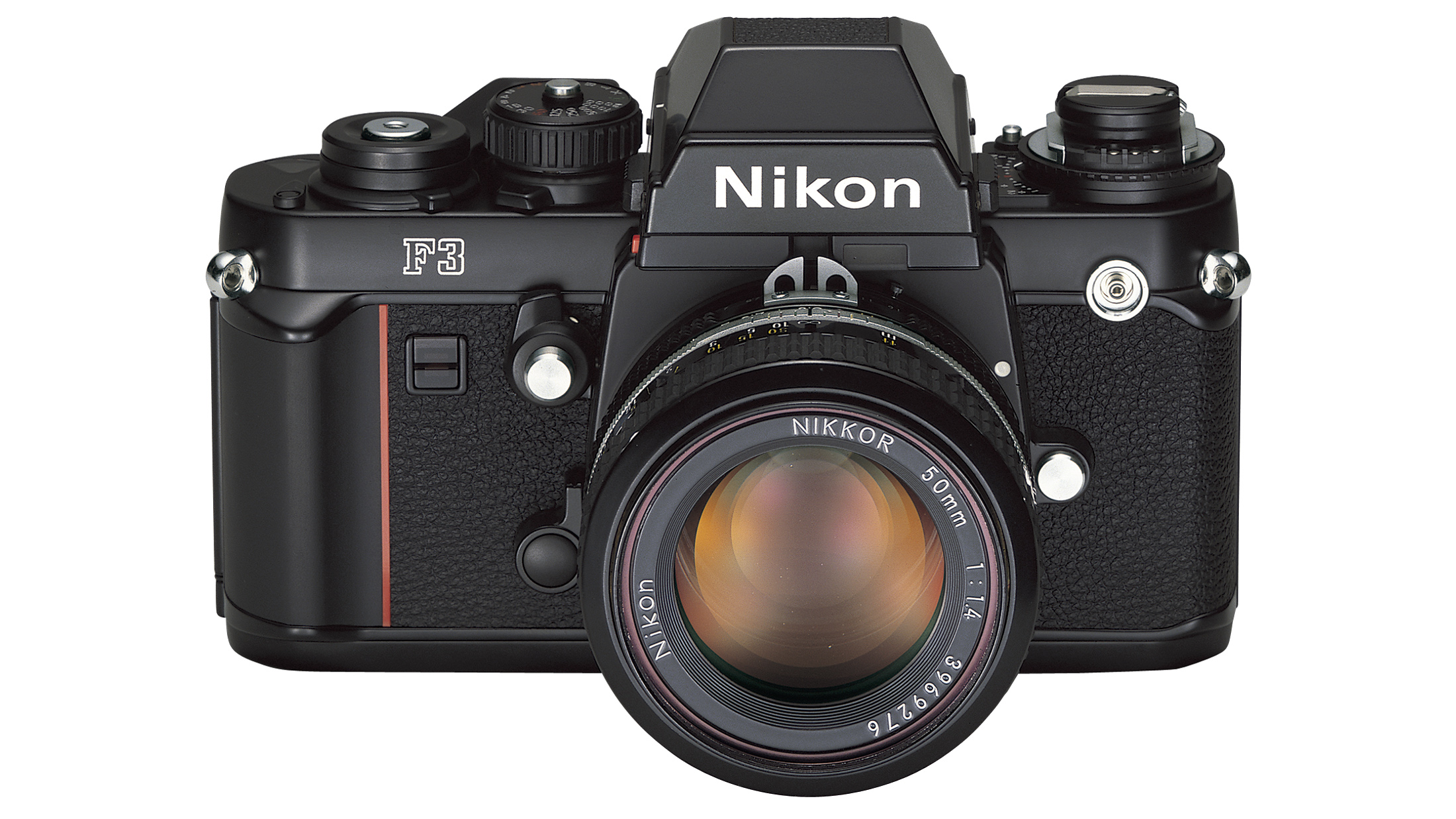Best Olympus OM-1 prices and deals
Find the best OM System Olympus OM-1 deals on this compact mirrorless camera, perfect for stills or 4K video

If you're looking for the best Olympus OM-1 deals, you've come to the right place. Since its release in 2022, the Olympus OM-1 has been one of the most sought-after compact mirrorless cameras around for still and video while traveling.
A computational photography-focused camera that can shoot bursts at up to 120fps, and capture 4K 60p ProRes Raw video, is the world's first camera to feature Cross Quad Pixel AF and the world's only system camera to boast IP53 weather sealing.
The Olympus OM-1 marks the end of an era for the brand, as it will be the last camera that will ever feature the Olympus name; all future cameras will bear the OM System badge. In fact, this is technically called the OM System OM-1– and it seems that the nomenclature going forward will follow this structure. However, with this being the 50th anniversary of the release of the original OM-1 film camera, the Olympus name is having one last hurrah.
Read our Hands on Olympus OM-1 Review
At the same time, though, this new flagship camera represents the dawn of a new era for the Olympus lineage. The OM-1 takes all the advantages of the Micro Four Thirds format and doubles down on them – while smoothing the rough edges that were formerly weaknesses of the smaller sensor standard.

The best Olympus OM-1 deals
Great for stills and 4K video in a lightweight package
Sensor: 20.4MP Micro Four Thirds stacked BSI Live MOS | Lens mount: MFT | Video: K 60p (H.264, H.265), 1080p 240p (H.264) | Size: 139 x 38.5 x 80mm | Weight (body only): 511g body only (599g with 1x battery and 1x memory card)
That's thanks to the new stacked sensor combined with the new image processor, which also powers the ferocious autofocus system. Thanks to new AI Detect deep learning AF and the quad pixel sensor, the OM-1 is three times faster and three times better at recognizing and tracking cars, planes, birds, canines and felines.
The historical disadvantage when it comes to low light performance has also been addressed by the new technology, with OM Digital promising that the new sensor is capable of "35mm equivalent sensor performance". That's backed up by an increased ISO range of 200-102,400, along with a claimed 2-stop improvement in noise performance and a 1-stop boost to dynamic range.
The computational cleverness continues in the form of improved Live ND filters (a software-powered alternative to the best neutral density filters), which now go up to 6EV, along with handheld Live Composite mode (a truly awesome tool for light painting, as shown in this video), and in-camera focus stacking that now processes 15 images in just 5 seconds.
In terms of video, the Olympus OM-1 can record 4K up to 60p at 10-bit H.265 internally, and up to 12-bit ProRes Raw externally, while 1080p can be captured up to 240p – and an HLG video picture mode is offered for HDR capture.

Read more:
Best Olympus lenses
Best Micro Four Thirds lenses
Best professional cameras
Best mirrorless cameras
Get the Digital Camera World Newsletter
The best camera deals, reviews, product advice, and unmissable photography news, direct to your inbox!

For nearly two decades Sebastian's work has been published internationally. Originally specializing in Equestrianism, his visuals have been used by the leading names in the equestrian industry such as The Fédération Equestre Internationale (FEI), The Jockey Club, Horse & Hound, and many more for various advertising campaigns, books, and pre/post-event highlights.
He is a Fellow of the Royal Society of Arts, holds a Foundation Degree in Equitation Science, and holds a Master of Arts in Publishing. He is a member of Nikon NPS and has been a Nikon user since his film days using a Nikon F5. He saw the digital transition with Nikon's D series cameras and is still, to this day, the youngest member to be elected into BEWA, the British Equestrian Writers' Association.
He is familiar with and shows great interest in 35mm, medium, and large-format photography, using products by Leica, Phase One, Hasselblad, Alpa, and Sinar. Sebastian has also used many cinema cameras from Sony, RED, ARRI, and everything in between. He now spends his spare time using his trusted Leica M-E or Leica M2, shooting Street/Documentary photography as he sees it, usually in Black and White.
